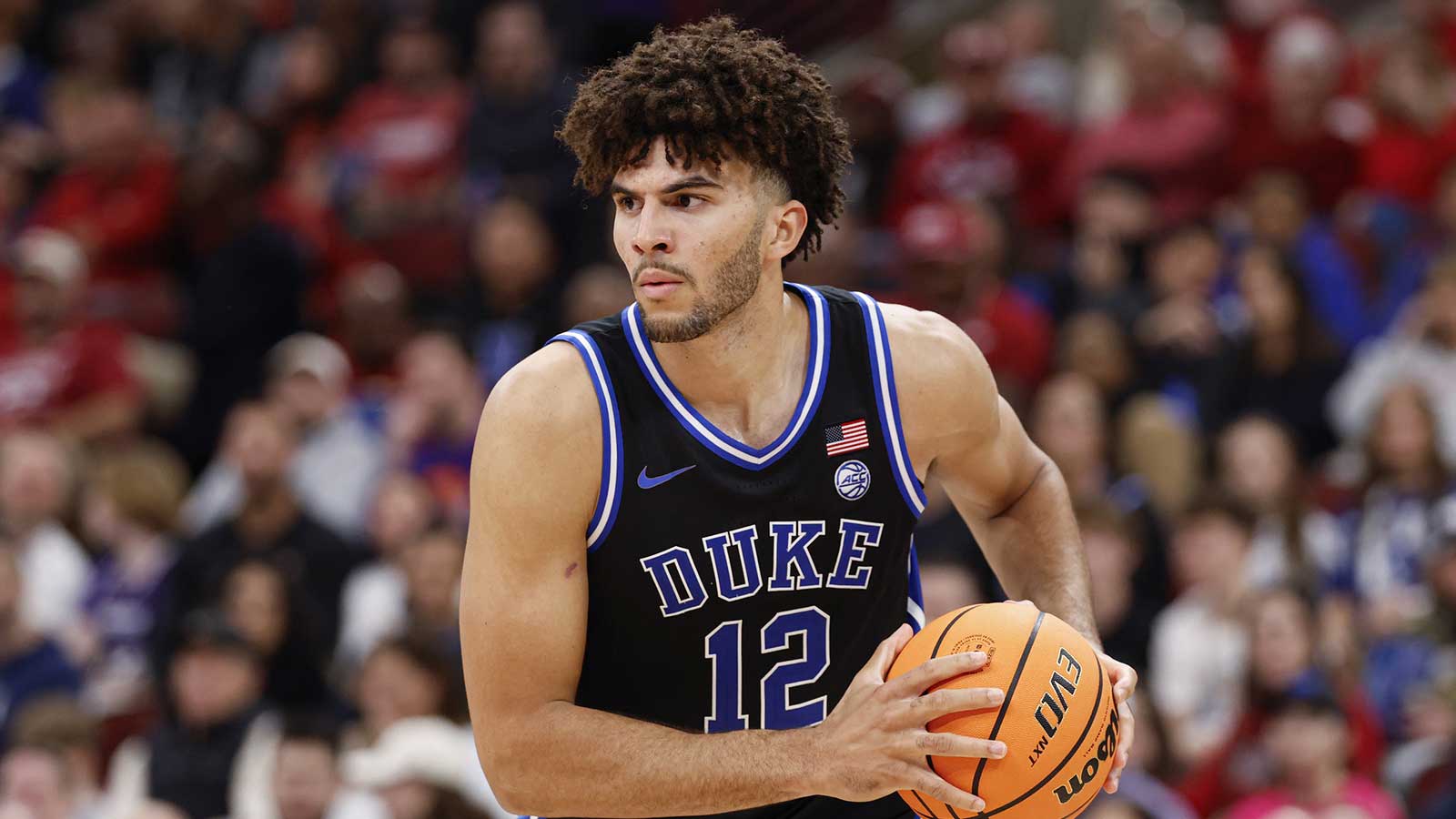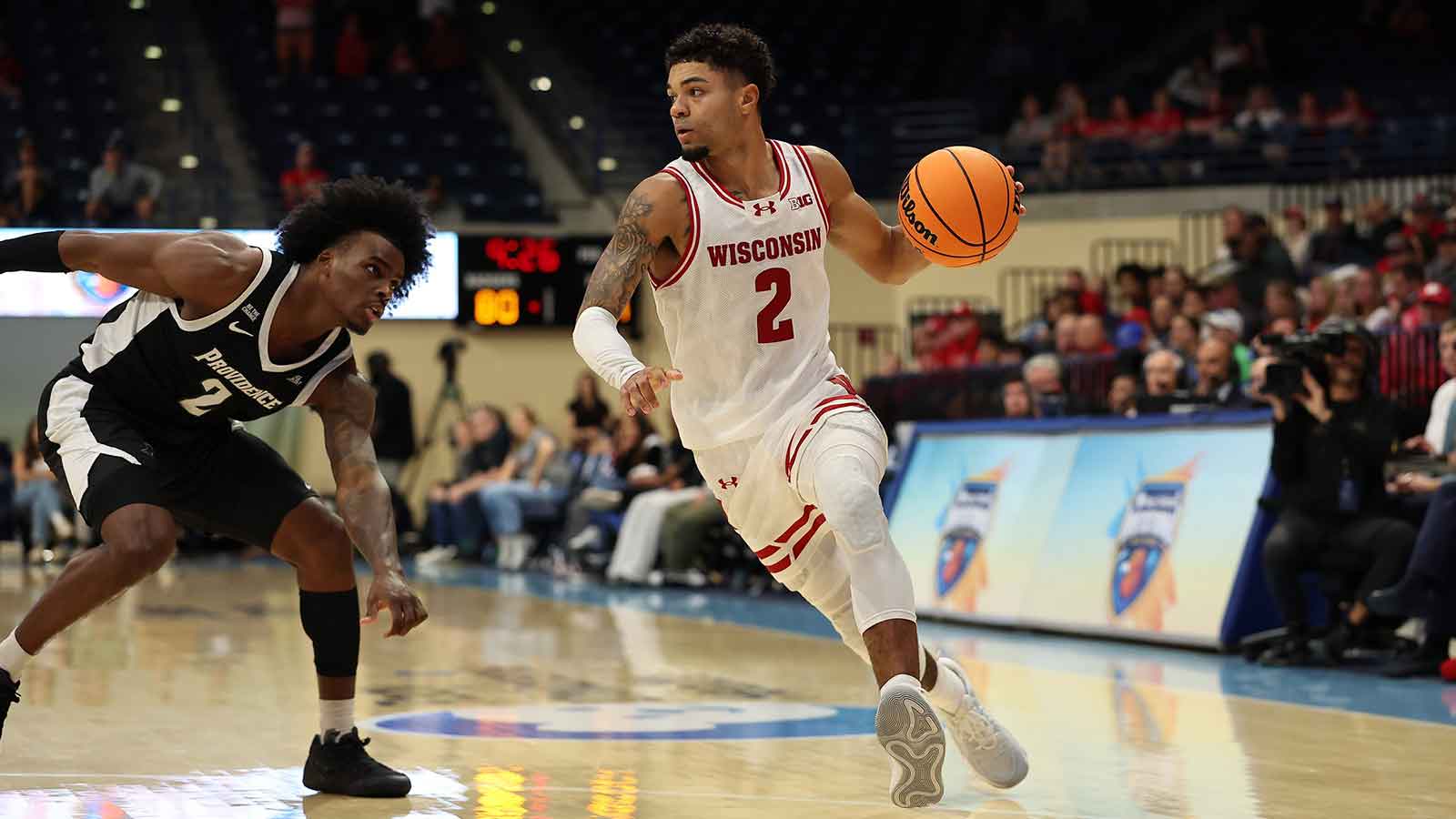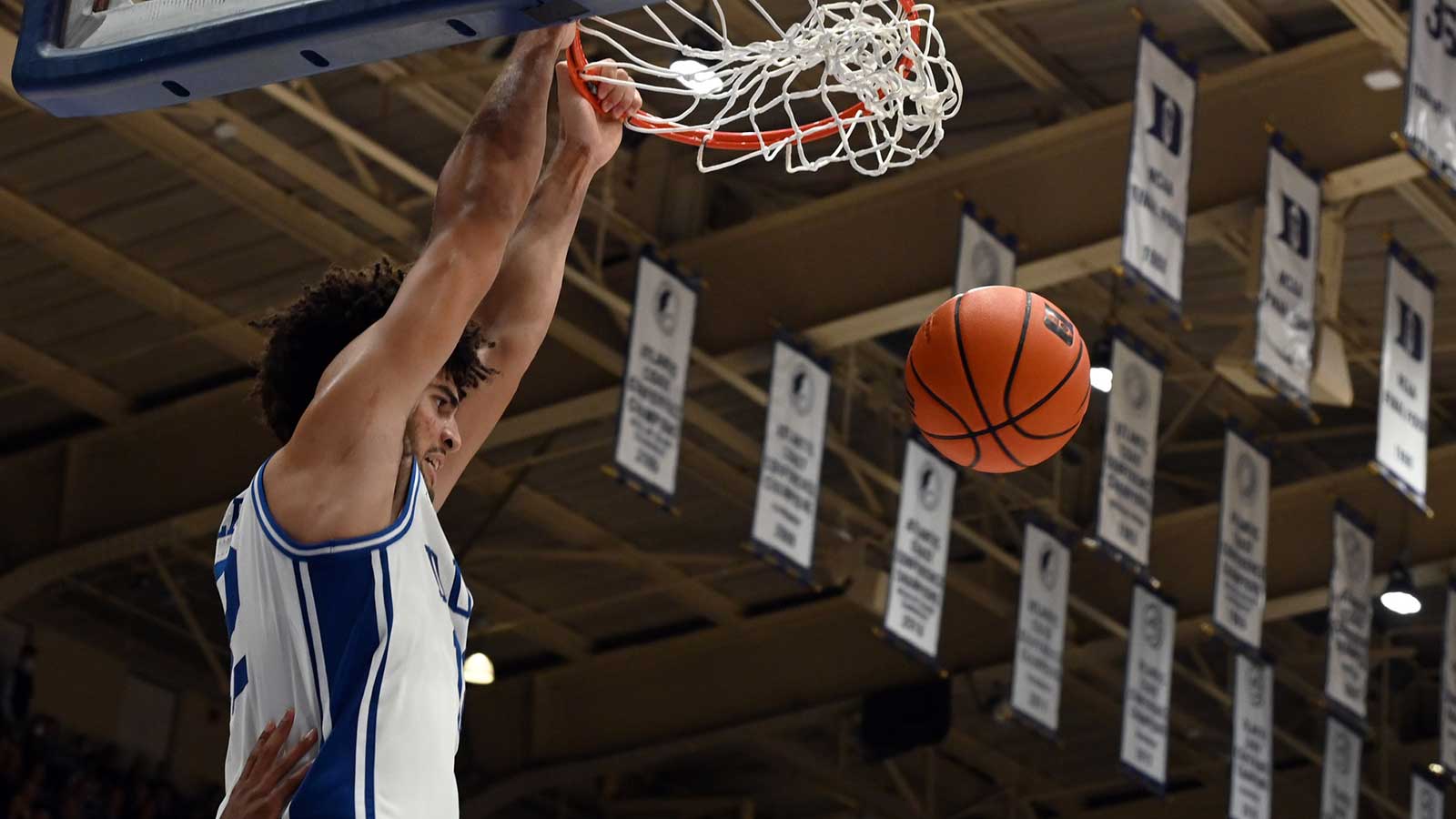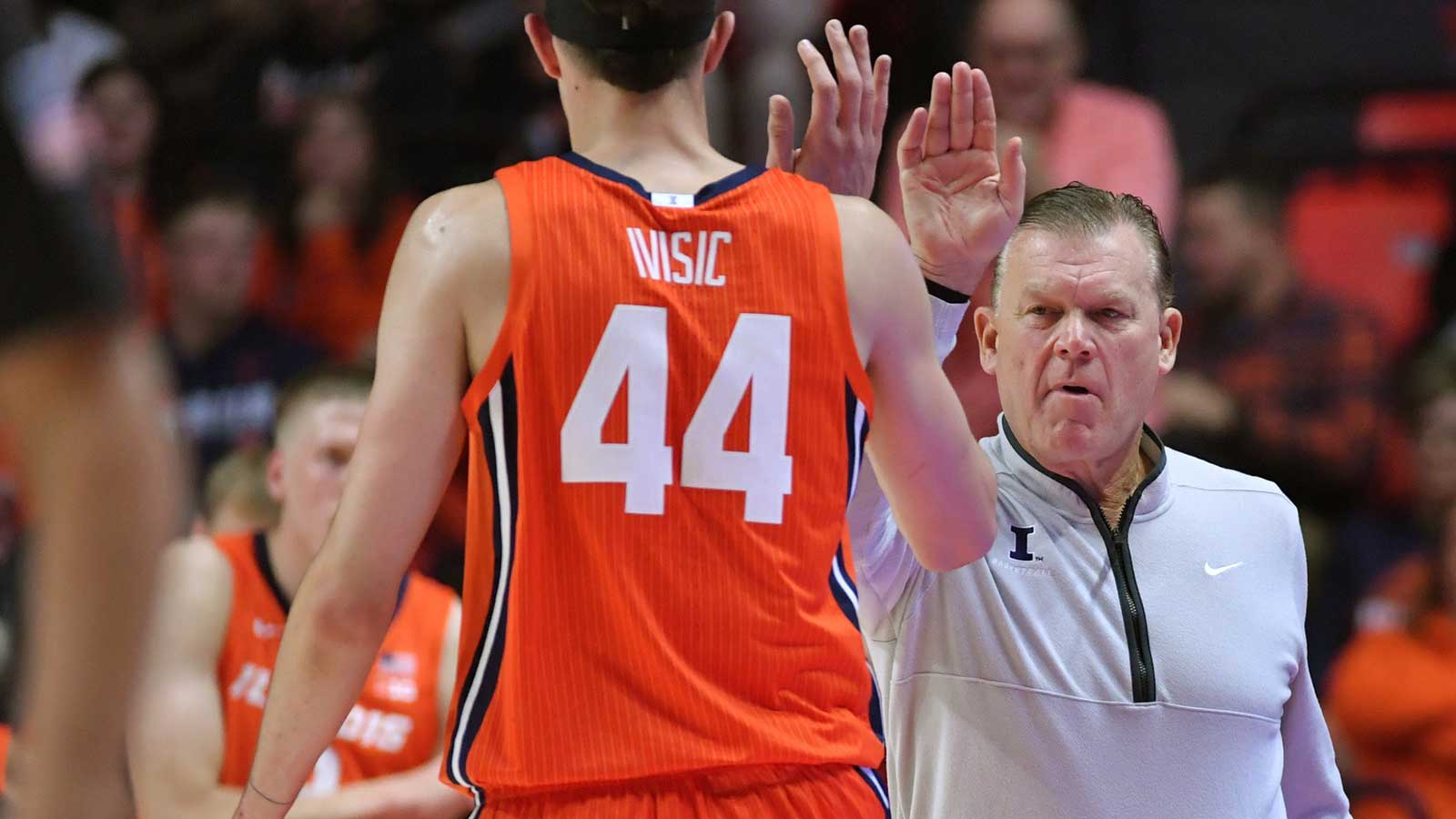There's more to March Madness than basketball. For players, it's national publicity and a shot at the biggest prize in college basketball. To the participating schools, it's more than winning a title.
Every year, 68 men's teams are invited to participate in the tournament. And as more teams from the same conference go deeper in the tournament, the bigger payday they'll receive six years down the line.
The NCAA distributes its earnings to schools using a “units” system.
NCAA makes approximately about $1 billion each year in revenue from March Madness. This includes income generated from media rights, merchandise licensing, ticket sales, and corporate sponsorships. The NCAA distributes a portion of that revenue to all 32 conferences with teams in the tournament based on “units” they accumulated. The computation can get complicated, so the best place to start is to explain what these units are.
Units are given to teams for each tournament game its teams play prior to the final, including the First Four. So, the farther a team gets in the tournament, the more units they get. A team that makes it to the final can create as many as five units.
As per Sportico, the units are distributed over six years, generating payments to the conferences (Not to a specific team) in annual chunks starting the year after the tournament in which the units are earned. This way, smaller teams in competitive conferences can still earn the same amount as the more competitive teams even though their team didn't make the tournament. However, some conferences, like the West Coast Conference, give a higher percentage of its distribution to the team that actually earned the units.
How much do teams make from joining the tournament?
For each game played, each team’s conference will get a payout based on its performance over a six-year period. The good news is that a unit’s value rises around 3% annually.
Sportico revealed an in-depth video of how the payouts were calculated in 2024, but here's a quick summary:
In 2024, the total earnings from the tourney were $226 million… A significant jump compared to 2022, when only $169.4 million was paid out from the performance fund. Of that revenue, 660 total units were to be distributed. By finding the quotient of the total earnings and the number of units to be distributed, you get the price per unit ($342,000).
Last year, the ACC had the highest payout, earning $28.4 million from accumulating 83 units. A conference with only one unit each year the past 6 years like the CAA, earned $1.7 million. In 2023, SEC teams played in 17 tournament games and received the highest compensation, roughly $34 million.
The payout isn't mind-blowing for prominent schools. But for Cinderella teams in lesser-known conferences? It changes everything.



















